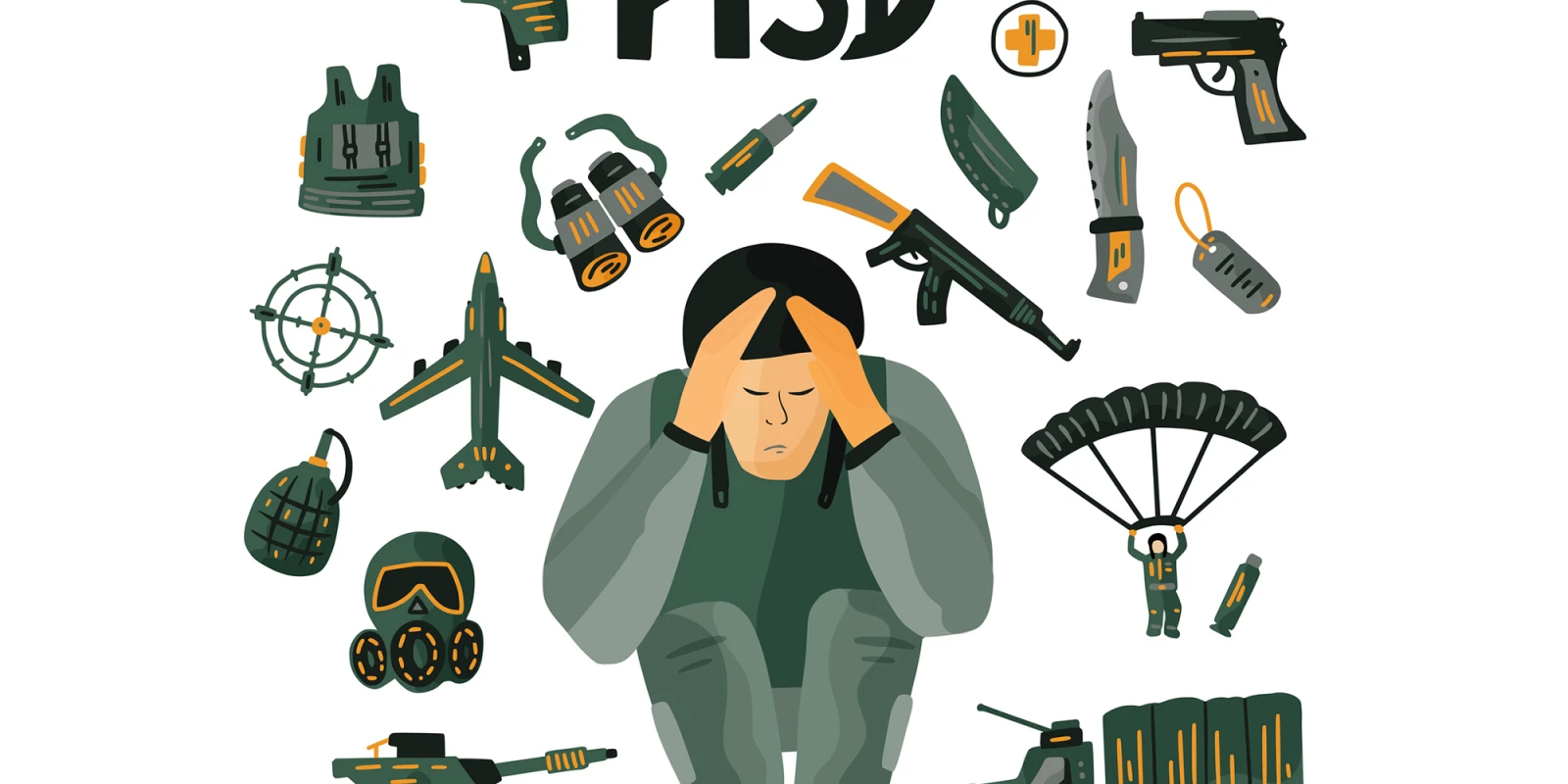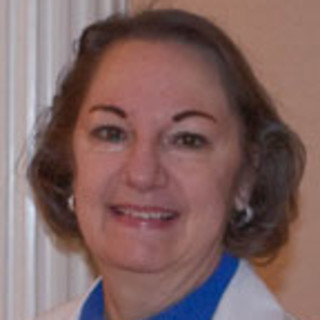
Incoming! Run for cover! Where’s Sarge?
Early in my career, I had the privilege of caring for a handful of World War I veterans, who were very old at the time. By contrast, I was young and shy. Pursuing a career in medicine took all of my energy and I did not delve into my patients’ military histories. I was looking forward, not backward. Alas.
Since then, I have learned that my combat veteran patients are interesting people. I try to make time in my busy clinic day to ask them about their military days. Sometimes it occurs to me that we should be talking about medical things—but it takes just a few minutes. So I sit back and listen to firsthand accounts of D-Day, the postwar Berlin Airlift, the Tet Offensive. I listen to accounts of patriotic men who lied about their ages to get into the military after Pearl Harbor.
My father, an Air Force forward air control pilot in Vietnam, never spoke to us about the horrors of combat after he returned. Instead, he told us about the children in the Vietnamese orphanage where he volunteered and showed us photos he had taken with his Polaroid Instamatic. I saw thin, smiling, dark-haired children in bright-colored yet worn-looking clothes. Many were barefoot. Looking back now, I am sure that my father’s point with these images was to show us the good that can come out of evil. He was encouraging us to be caring individuals and to be grateful for our family, home, food and clothing.
In my career as a physician, I have cared for many combat veterans—from my Naval active duty billets in Florida, California, and the Carolinas to my civilian life in Texas. I wanted to learn more about diagnosing and treating these brave men and women, so I began to read about PTSD. What I learned can be boiled down to these axioms:
Ask every patient if they are a military veteran.
Ask every military veteran if they saw combat.
Ask every combat veteran about symptoms of PTSD.
Today I sit in the exam room with Mr. Grunwald* and his wife, and our clinic visit begins typically. He is a 79-year-old man, here for follow-up of his hypertension and diabetes. As usual, he has no complaints for me. I ask him offhandedly, “You served in the Army, right? What did you do in the military?”
Almost by rote, since I am sure he has been asked this question dozens of times, he answers, “I served in France for almost 18 months during World War II. Artillery.” He pauses, looks at his wife, and then back to me. When he sees that I am interested, he continues in a more solemn tone. “I still think about it a lot. It was cold as all get-out, and we would go for weeks without a warm meal, me and my buddy Nate. Nate.”
Another pause, this one longer. I say nothing and dare not even move.
“We were in a foxhole together when Nate took an incoming round straight on.” Tears well up in Mr. Grunwald’s eyes as he continues to recount with surprising clarity the events of 40 years earlier. “It could have been me. It should have been me. Nate had a wife and new baby at home. I had no one.” His voice drifts off. “It should have been … me …”
I am struck by the freshness of his tearful telling, as if it had occurred last week rather than decades ago. I also feel a sense of gratitude that he has chosen to share this painful, well-guarded episode of his life with me. But Mr. Grunwald’s story is not done.
Again looking to his wife for comfort, he nods and allows her to continue his story for him.
“He still has nightmares about it. He relives it in his dreams, thrashes about in bed, and then wakes up in a sweat.”
When I was trying to learn more about combat PTSD, the three symptom clusters from the Diagnostic & Statistical Manual of Mental Disorders organized themselves in my brain into a mnemonic: WAR.
Watchfulness, irritability
Avoidance of people and situations
Reliving the combat experience through nightmares or flashbacks
Listening to my PTSD patients over the years has shown me these symptoms in concrete terms:
“I keep my shotgun loaded by the front door.”
“I have a snapshot flash in front of my eyes, over and over, of the soldier with his arms blown off. I can’t get it out of my memory.”
“I never drive on freeways anymore. The bridge underpasses make me think of the bridge with the IED that exploded on us.”
“I always feel like there is someone behind me, following me.”
“I broke my wife’s wrist in bed last year with my thrashing about.”
“My job was to protect my lieutenant—and I failed her. I wish I had died instead.”
“My third wife just left me because she could not take my angry outbursts. She begged me to get help; I wish I had listened to her.”
“I was in charge of burying the civilians—the women and children—who had been killed. They were just innocent people. I cannot get that smell out of my mind.”
So, although PTSD may be an unpleasant topic for the veteran and the physician, it should be broached so that the veteran, who may have suffered for a long time in silence, can be offered help. Then the question becomes: how does a primary care physician help the veteran with PTSD symptoms?
“Mr. Grunwald,” I tell my elderly patient sympathetically, “it sounds as if you are still suffering after-effects from your service in the war. A lot of my patients who have been in combat tell me of similar thoughts, and I really want you to know that it is a rather normal reaction to a terribly violent situation. Some of my patients ask me if they are ‘crazy’ (I make air quotes here), but they are not, and you are not.”
“You may have PTSD,” I continue, “which we can help you with. Counseling and medication are often effective in lessening and, in many cases, halting the symptoms. If you are interested, I can get you some help.” Thankfully, Mr. Grunwald agrees to see a counselor.
Some veterans do not agree to see a counselor. For them, the same independent strength of ego that brought them into the military isolates them after they leave active duty. They do not look to others for help or even admit to having a problem. Nonetheless, these conversations with veteran patients must still take place. My message to them: I’ve got your six!
Dr. Camosy is a family physician and military veteran in San Antonio, Texas. She is the author of the recently released book "Healer's Heart: A Family Physician's Stories of the Heart & Art of Medicine."
(*Names within this piece have been changed for privacy reasons.)







